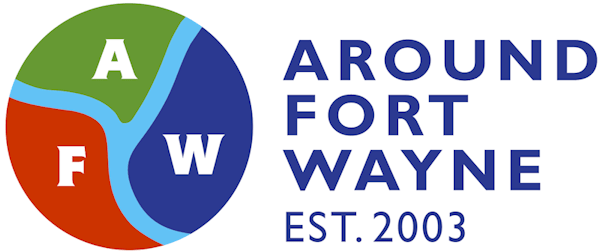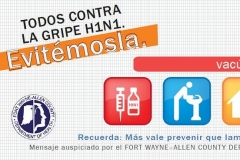
An email from the CDC:
Swine Flu Now Referred to as H1N1 Flu
The virus previously referred to as swine influenza is now referred to as H1N1 influenza. Please note that this is a rapidly evolving situation and current guidance and other website content may contain variations in how this new H1N1 virus of swine origin is referred to. Over the coming days and weeks, these inconsistencies will be addressed, but in the interests of meeting the agency’s response goals, all guidance will remain posted and new guidance will continue to be issued.
Update on Situation
In response to an intensifying outbreak in the United States and internationally caused by a new influenza virus of swine origin, the World Health Organization raised the worldwide pandemic alert level to Phase 5 on April 29, 2009. A Phase 5 alert is a “strong signal that a pandemic is imminent and that the time to finalize the organization, communication, and implementation of the planned mitigation measures is short.”
The United States Government has declared a public health emergency in the United States. CDC’s response goals are to reduce transmission and illness severity, and provide information to help health care providers, public health officials and the public address the challenges posed by this emergency. CDC is issuing and updating interim guidance daily in response to the rapidly evolving situation. CDC’s Division of the Strategic National Stockpile (SNS) continues to send antiviral drugs, personal protective equipment, and respiratory protection devices to all 50 states and U.S. territories to help them respond to the outbreak. The swine influenza A (H1N1) virus is susceptible to the prescription antiviral drugs oseltamivir and zanamivir. In addition, the Federal Government and manufacturers have begun the process of developing a vaccine against this new virus.
U.S. Human Cases of H1N1 Flu Infection
As of 10:30 AM ET on April 30, 2009, CDC has confirmed 109 cases in 11 states:
- Arizona: 1
- California: 14
- Indiana: 1
- Kansas: 2
- Massachusetts: 2
- Michigan: 1
- Nevada: 1
- New York: 50
- Ohio: 1
- South Carolina: 10
- Texas: 26 (and 1 death)
 For more information, see the CDC H1N1 Flu website.International Human Cases of H1N1 Flu Infection
For information about investigation into cases outside the United States, see the World Health Organization website.
Sebelius, Napolitano Hosted Webcast on H1N1 Flu, Answers Questions from the American People
Health and Human Services Secretary Kathleen Sebelius and Homeland Security Secretary Janet Napolitano hosted a Webcast on Thursday to answer questions from the American people regarding the H1N1 flu. View the archived webcast.
What You Can Do to Stay Healthy
- Stay informed. This website will be updated regularly as information becomes available.
- Influenza is thought to spread mainly person-to-person through coughing or sneezing of infected people.
- Take everyday actions to stay healthy.
- Cover your nose and mouth with a tissue when you cough or sneeze. Throw the tissue in the trash after you use it.
- Wash your hands often with soap and water, especially after you cough or sneeze. Alcohol-based hands cleaners are also effective.
- Avoid touching your eyes, nose or mouth. Germs spread that way.
- Stay home if you get sick. CDC recommends that you stay home from work or school and limit contact with others to keep from infecting them.
- Follow public health advice regarding school closures, avoiding crowds and other social distancing measures.
- Develop a family emergency plan as a precaution. This should include storing a supply of food, medicines, facemasks, alcohol-based hand rubs and other essential supplies.
- Call 1-800-CDC-INFO for more information.
 For more information on what you can to stay safe and healthy, check the CDC H1N1 Flu website.



